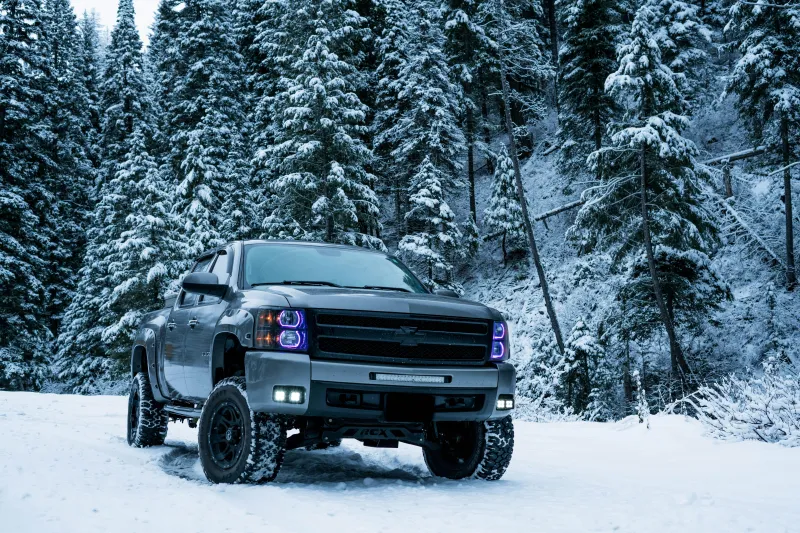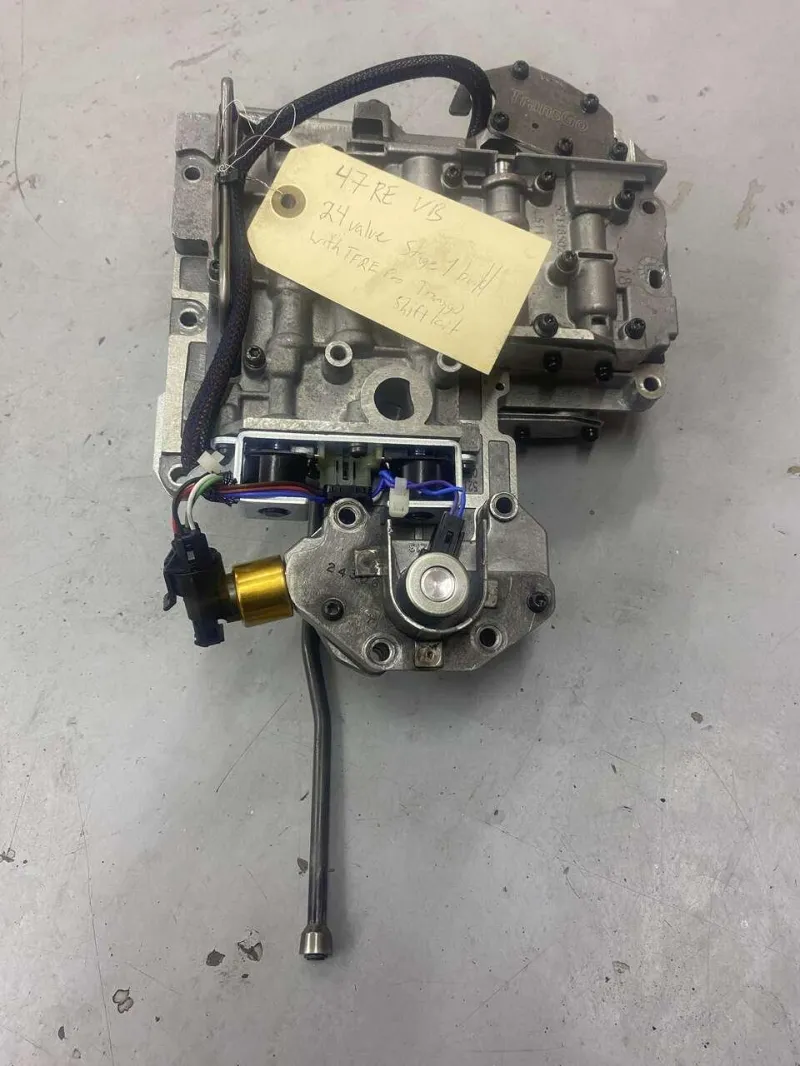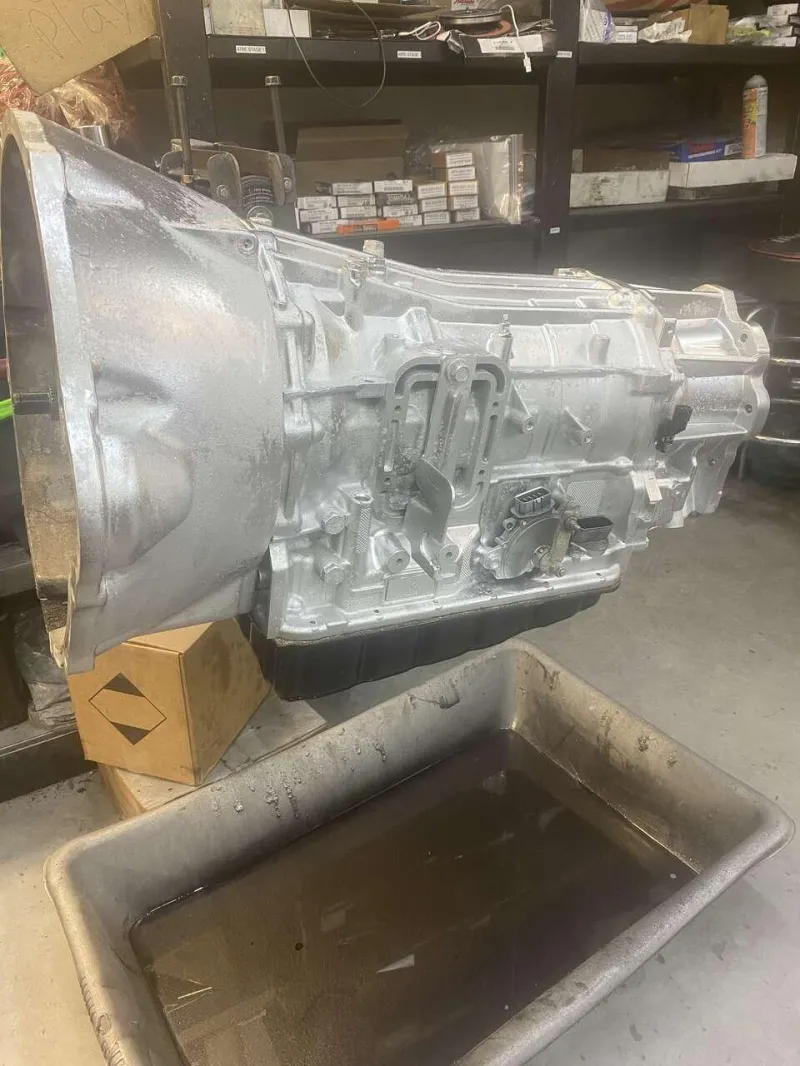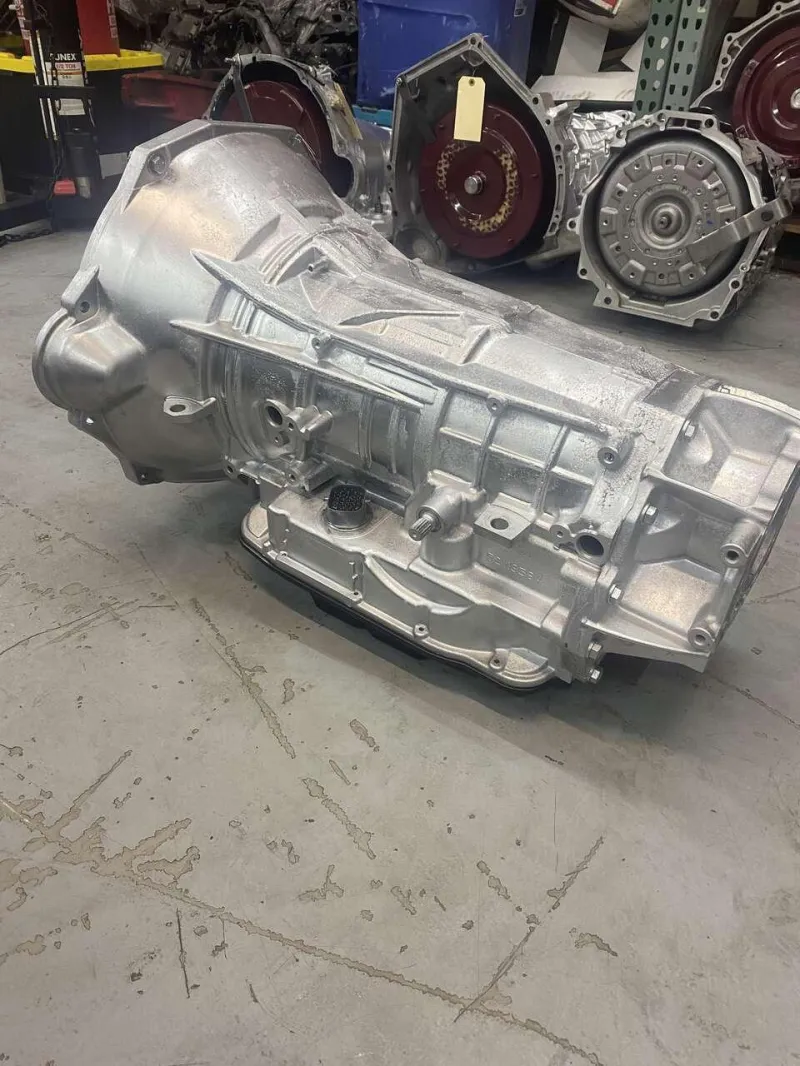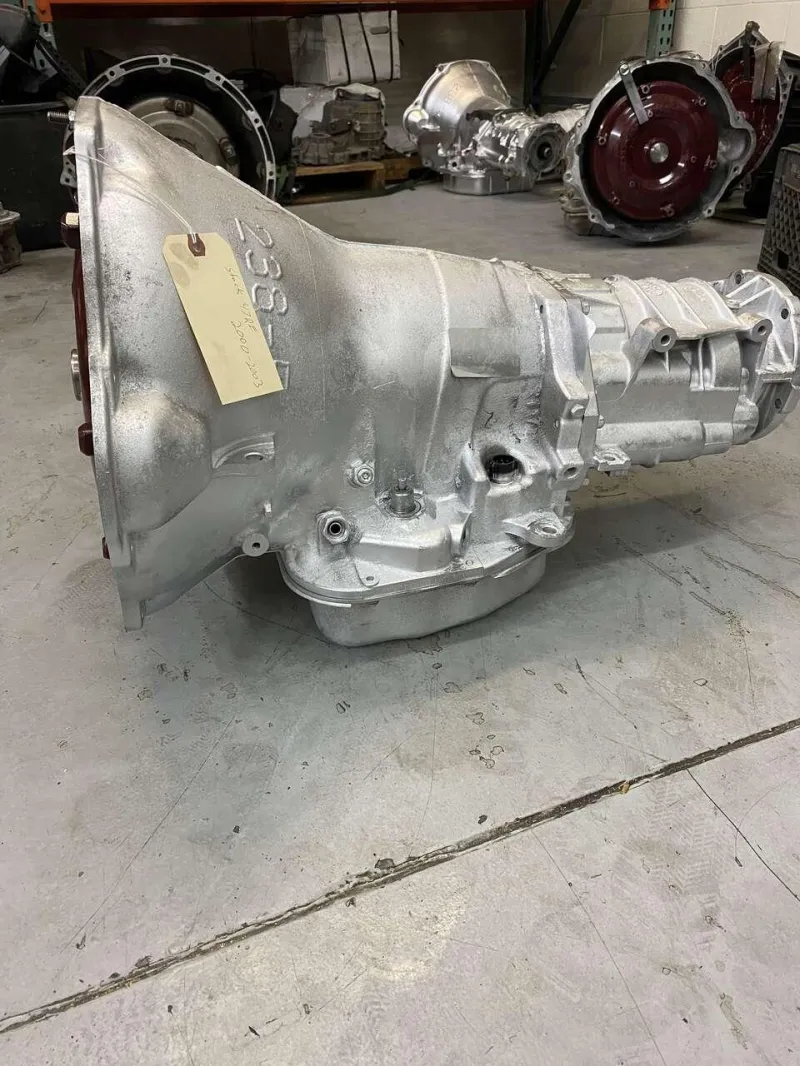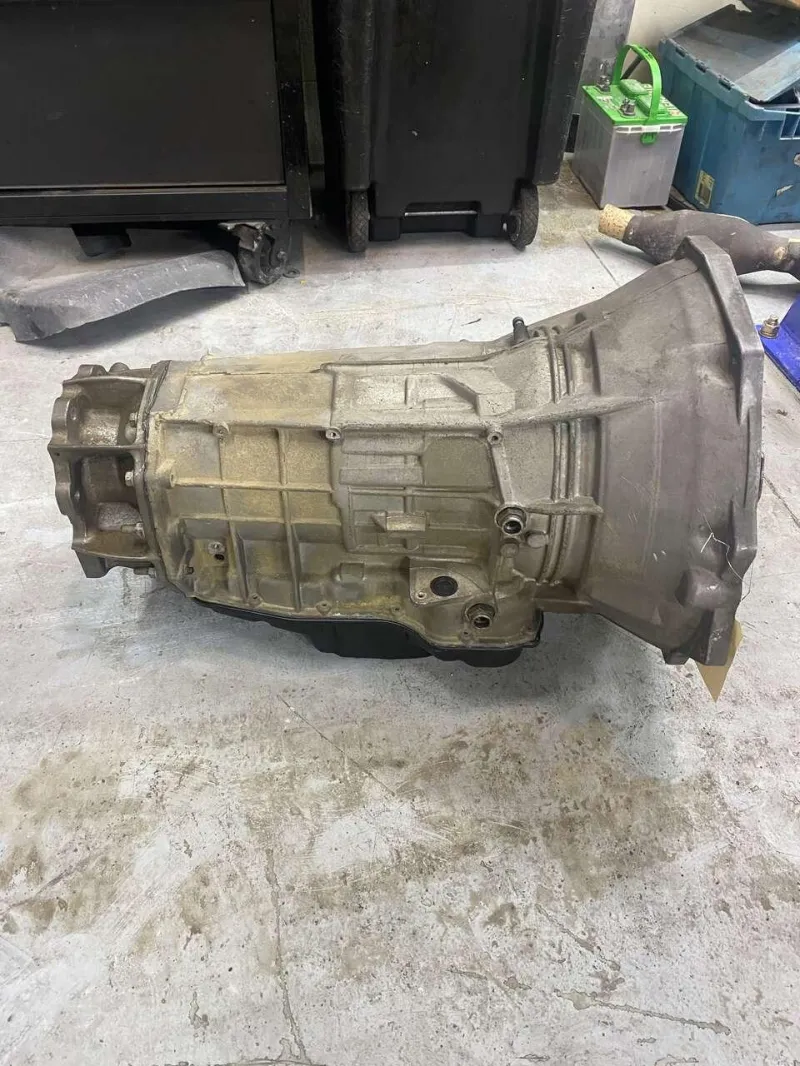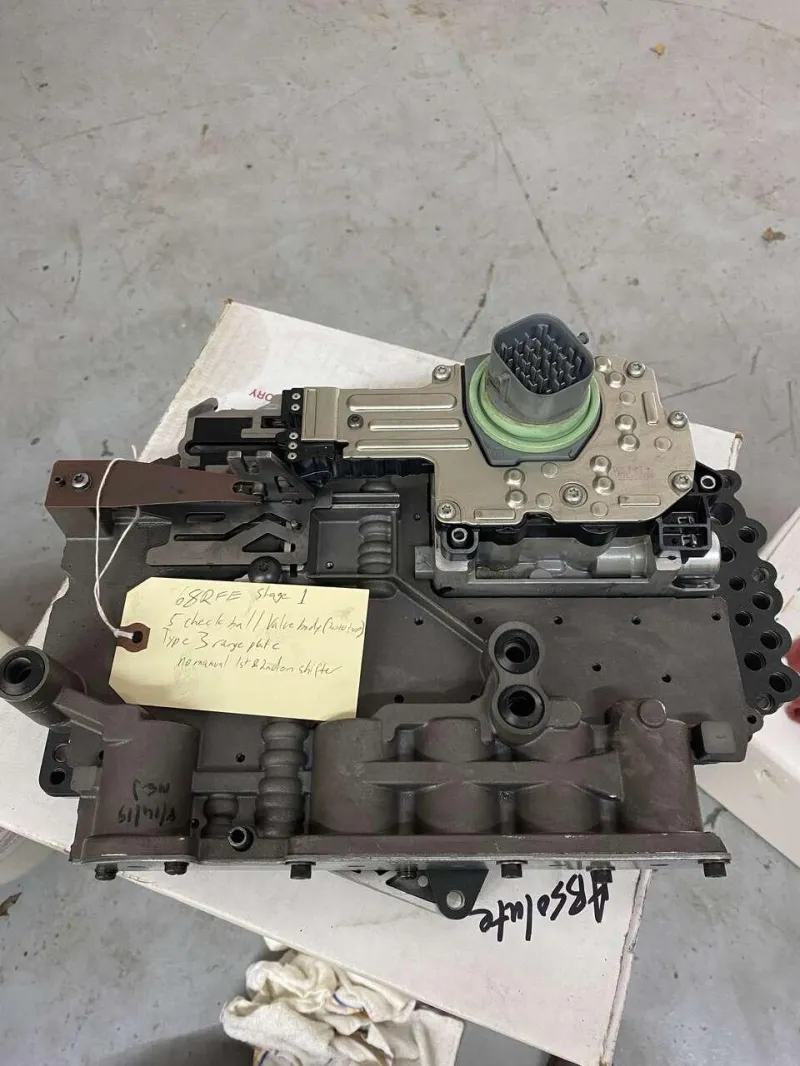Text, Message, Live Chat, and Call
+1 385-462-8458
Filter:
Filter:
Housing Types of Transfer Cases
When it comes to transfer cases, there are two primary housing types: Married and Independent.Married Transfer CasesMarried transfer cases are directly bolted to the transmission. Typically situated between the transmission's output shaft and the main driveshaft, these transfer cases may even share their housing with the transmission. This integrated setup can simplify installation and reduce the number of components in the drivetrain.Independent Transfer CasesOn the other hand, independent transfer cases are installed separately from the transmission. These are connected to the transmission's output shaft via an additional driveshaft. This arrangement can offer greater flexibility in configuring the drivetrain but may involve more components and potential points of maintenance.Understanding these two types can help you decide which setup is best suited for your specific automotive needs.
Housing Types of Transfer Cases
When it comes to transfer cases, there are two primary housing types: Married and Independent.Married Transfer CasesMarried transfer cases are directly bolted to the transmission. Typically situated between the transmission's output shaft and the main driveshaft, these transfer cases may even share their housing with the transmission. This integrated setup can simplify installation and reduce the number of components in the drivetrain.Independent Transfer CasesOn the other hand, independent transfer cases are installed separately from the transmission. These are connected to the transmission's output shaft via an additional driveshaft. This arrangement can offer greater flexibility in configuring the drivetrain but may involve more components and potential points of maintenance.Understanding these two types can help you decide which setup is best suited for your specific automotive needs.Transfer cases come in two primary drive types: gear driven and chain driven.Gear Driven Transfer Cases: These utilize gears to transmit power to both the front and rear axles. They are known for their durability and robustness, making them suitable for heavy-duty applications. However, their weight and noise levels often render them less ideal for smaller vehicles.Chain Driven Transfer Cases: In contrast, these use chains instead of gears. While many chain driven transfer cases drive only one axle, some advanced systems can drive both. They are favored for being lighter and quieter, although they tend to be weaker compared to their gear-driven counterparts.Understanding the Different Types of Transfer CasesTransfer cases are crucial components in 4WD and AWD vehicles, responsible for directing power to the front and rear axles. There are three main categories to consider: drive types, housing types, and shift types.Drive Types
Gear Driven
: Utilizes a set of gears to transmit power to both axles. Known for their durability, these transfer cases are ideal for heavy-duty applications. However, they tend to be noisier and heavier, making them less suitable for smaller vehicles.
Chain Driven
: Employs a chain rather than gears to drive the axles. This design is lighter and quieter but generally less robust than gear-driven units. Most chain-driven transfer cases power just one axle, though some versions can manage both axles with a chain mechanism.
Housing Types
Married
: These transfer cases are bolted to the vehicle's transmission, typically situated between the transmission's output shaft and the main driveshaft. Some versions share their housing with the transmission itself.
Independent
: Separate from the transmission casing, these transfer cases are connected to the transmission’s output shaft through an additional driveshaft. This setup allows for more flexibility in positioning within the vehicle.
Shift Types
Manual Shift On-the-Fly (MSOF)
: Controlled via a lever on the driver’s side floor. This type has either automatic sealed front axle hubs or manual front axle hub selectors. High 4WD settings can be activated at low speeds, while low 4WD requires the vehicle to be stationary and the transmission in neutral.
Electronic Shift On-the-Fly (ESOF)
: Features a dash-mounted selector, often a switch or button system. These transfer cases come with automatic locking front axle hubs and a transfer case motor. The engagement process for high and low 4WD settings is similar to that of MSOF transfer cases.
Understanding these distinctions will help in selecting the right transfer case for your vehicle, ensuring optimal performance and durability.
DRIVELINE | TRANSFER CASE - Locating Your Transfer Case Identification Tag
Finding the identification tag on your transfer case can vary depending on the manufacturer. Here's a quick guide to help you locate it:
New Venture
Look for a round tag situated at the back of the transfer case unit.
Borg Warner
Check for a tin tag attached to the case half bolts.
Magna
Search for a sticker, which could be positioned in several spots on the unit.Knowing these common locations can make identifying your transfer case a straightforward task.
FAQs
DRIVELINE | TRANSFER CASE - How Does a Transfer Case Work?
A transfer case is integral to the functionality of four-wheel-drive (4WD) and all-wheel-drive (AWD) vehicles. Under normal driving conditions, power flows from the transmission to the rear wheels via the driveshaft. However, when you engage 4WD, the transfer case is activated to split this power between the front and rear wheels, allowing for better traction and control.Here's how it works:
Engagement of Gears
: When you shift into 4WD mode, specific gears within the transfer case engage.
Chain Drive Activation
: These gears then drive a chain that connects the rear driveshaft to another set of gears designed for the front driveshaft.
Power Distribution
: Once the chain drive links these gears, the power is transferred to the front driveshaft.
Front Differential
: The front driveshaft then delivers this power to the front differential.
Front Wheels
: Finally, the front differential distributes the power to the front wheels, making all four wheels drive the vehicle.
This seamless transfer of power provides the vehicle with the ability to handle challenging terrains and adverse weather conditions effectively.
FAQS
How quickly can I expect to have My truck back on the road?
At TTS, we prioritize fast and efficient repairs because we understand that downtime means lost business. With our comprehensive inventory of parts, there’s no waiting for shipments or delays from lengthy rebuilds. You can order the needed parts from our online shop, set a date, and we’ll ensure your truck is back on the road promptly. No fuss, no backorders, just efficient service to keep your wheels turning.
What types of vehicles do you provide transmission service for?
We specialize in prebuilt transmissions for domestic U.S. trucks, focusing primarily on Dodge, Ford, Chevy, and GMC brands. Our inventory ensures quick availability and installation, minimizing downtime for your vehicle. If you have any questions or need further assistance, feel free to chat with us online or give us a call. We’re here to help you get back on the road swiftly and efficiently.
Is roadside assistance or towing available?
Yes, we offer free towing for vehicles within a 50-mile radius of our Orem location and special rates for longer distances. If you need assistance after hours, please leave a message, text us, or use our site chat bot to provide your contact information. Someone will reach out to you as quickly as possible to arrange pick-up. Feel free to call us for any additional information or assistance.
What types of services does TTS Emergency Road Service offer?
TTS Emergency Road Service provides a wide range of services to ensure you are covered for any situation. Our offerings include:
Transmission Replacement
Transmission Upgrades
Transmission Repair
Towing services
Fleet maintenance inspections
Each service is designed to get you back on the road as quickly and safely as possible. Whether you have a transmission down or need a comprehensive inspection for your fleet, we've got you covered.


